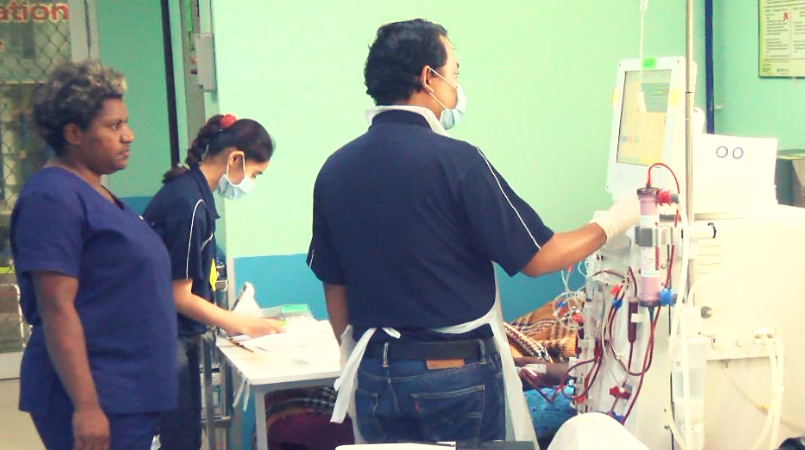
The development of health workers’ standards hinges on one of the seven pillars of the PNG Vision 2050, which is “Human Capital Development, Gender, Youth and People Empowerment”.
Minister for Health and HIV/AIDS, Elias Kapavore, said the recent launch of the Health Workforce Standards and Monitoring System is a milestone achievement for Health in PNG.
“As we all know, the National Health Service Standards is a blueprint for providing safe and quality health services in achieving primary health care for all and improved service delivery for the rural majority and urban disadvantaged, as per the current National Health Care plan 2011-2020.
“The standards are essential to ensure that health services are integrated and clearly articulated and can be planned in a strategic manner.”
He said the health workforce is a critical component in health service delivery and key to the fulfilment of the aspirations of PNG’s health system. Health infrastructure, medical equipment and services cannot be delivered alone; they must be complemented by the required level of workforce.
The World Health Organization provided the technical assistance in the tools that are used for the health workforce standards monitoring system.
“Today as we launch the health workforce standards and monitoring system and at the same time, celebrate the UN day, we highlight two universal truths,” said WHO country representative, Dr Luo Dapeng.
“One, health is a human right. Two, there will be no health without a workforce. With an estimated global shortage of 18 million health workers by 2030, we know that the only way we can address this is by working together.”
Acting Manager for Health Workforce Standards & Accreditation Branch, Dixon Dimiri, did a presentation on the Standards and Monitoring System and the tools used.
“So the workload indicator for staffing need tool is developed by WHO, World Health Organization. It is now used by over 51 countries in varying capacities as mentioned by Dr. Dapeng. Unlike other HR planning tools, this tool estimates the number and types of health facility needs based on the workload. The actual workload at the health facility.”
Dimiri said these tools are able to translate needs into numbers. It can determine how many health workers are required to cope with the actual workload in a facility or it can also estimate staffing required to deliver expected services of a facility based on the workload.
(Loop file picture of Kidney Foundation staff)
